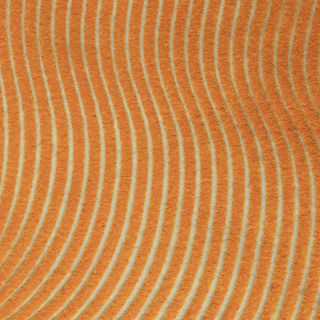SCREEN PRINTING
SPECIAL EFFECTS
3D – experiments – imagination
Color Effect
varies,
depending on the method
Feel
varies,
depending on the method
Durability varies
Organic-certified colors
possible
Color Options
CMYK ✔
Pantone/RAL/HKS ✔
NEON ✔
reflective ✔
phosphorescent ✔
metallic ✔
3D ✔
Suitable for
• Trade show clothing/Event wear
• Anniversary T-shirts
• Special occasions
• Festival & concert shirts
• Promotional textiles
• wedding apparel
File format
preferably vector files,
eps, ai, svg, pdf
From 25 pieces per motif
What’s possible?
In textile printing, especially screen printing, the possibilities are almost endless. We ourselves are constantly fascinated by what can be done. That's why Wednesday is our experiment day. Among other things, we test special additives and colors or experiment with pigments from natural materials, such as coffee grounds from roasteries, and print motifs with them.
Do you have ideas of your own but don't know if they are feasible?
Feel free to contact us!
Some really great things have already come out of our exchanges.
How it looks when printed


















